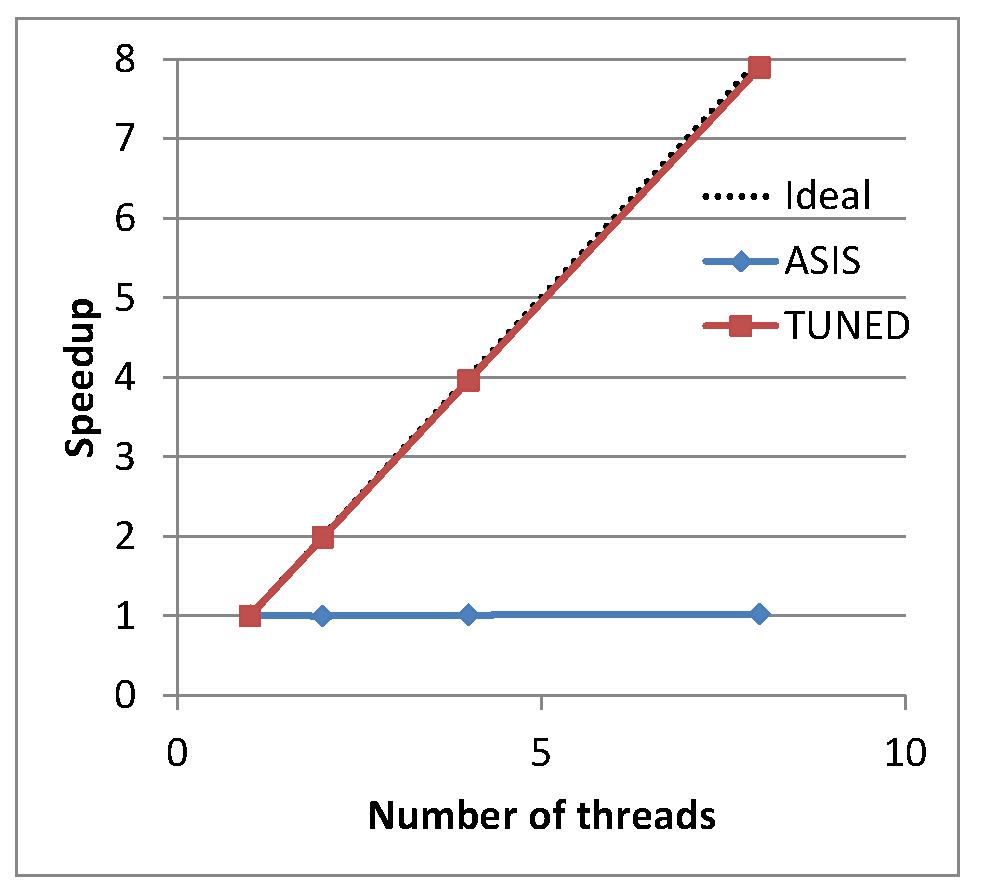High-performance Simulations of Global Seismic Wave Propagation with Unprecedented Accuracy of 1.2 Seconds Seismic Period
 - A big progress for Earth’s internal structure research using theoretical seismograms -
- A big progress for Earth’s internal structure research using theoretical seismograms -
 Summary
SummaryHigh-performance simulations of global seismic wave propagation by using the Spectral-Element Method(SEM) on the K computer. It successfully realized an unprecedented accuracy of 1.2 seconds seismic period for a realistic three-dimensional Earth model. The result demonstrated that global seismic wave propagation with a precision of 1 second is possible for realistic three-dimensional (3-D) Earth models. It should help understand earthquake occurrence mechanisms and the Earth’s internal structures more precisely, expecting to make significant contributions to disaster prevention and mitigation.
JAMSTEC has been aiming to obtain the most accurate structure of the Earth’s interior for improvement of earthquake simulations. It is part of the HPIC Strategic Program for Innovation Research Field 3 as JAMSTEC is acting as a strategic organization. To achieve this goal, performing theoretical simulations of global seismic wave propagation excited by earthquakes is essential. Since the Earth is not a perfect sphere, however, analytical method can’t be applied. Instead, it is more common to use numerical methods for simulations of theoretical seismograms. In 2003, the study group achieved the computed theoretical seismograms with record-breaking 5 second frequency for realistic three –dimensional Earth with the Earth Simulator. To simulate seismic wave propagation for a three-dimensional Earth model, P and S waves known as “body waves” still need to run faster at a period of 1 second. By obtaining seismograms with an accuracy of 1.2 seconds for the entire group, it marked a significant step for better understanding of mechanisms of devastating earthquakes.
The above results were published on the International Journal of High Performance Computing Applications on February 28, 2016 (JST).
Title: A 1.8 trillion degrees-of-freedom, 1.24 petaflops global seismic wave simulation on the K computer
Authors: Seiji Tsuboi, Kazuto Ando, Takayuki Miyoshi, Daniel Peter, Dimitri Komatitsch and Jeroen Tromp
The above results were published on the International Journal of High Performance Computing Applications on February 28, 2016 (JST).
Title: A 1.8 trillion degrees-of-freedom, 1.24 petaflops global seismic wave simulation on the K computer
Authors: Seiji Tsuboi, Kazuto Ando, Takayuki Miyoshi, Daniel Peter, Dimitri Komatitsch and Jeroen Tromp

Figure 1: A global view of the mesh used at the surface in the SEM. In the SEM, the Earth is divided into six quadrangular pyramids, each of which is then divided into smaller quadrangular ones. They are allocated to individual CPU of the supercomputer for calculation. In this example of simulation performed on the Earth simulator in 2003, six quadrangular pyramids were even divided into 26 x 26, 676 slices in total. On the whole, CPU with a total of 4,053 slices (676 x 6) was used to perform the large scale numerical calculation.

Figure 2: Results of the optimized SEM. The blue line shows a result when only an automatic parallelization was applied for the original codes by the supercomputer’s compiler, resulting in failure in parallelization of the processing data. On the other hand, as shown in the red, an optimized programming for effective parallelization enabled parallelization of the target program.

Figure 3: Comparison of numerical seismograms (red curves) with real recordings from
the field (black curves) for a seismographic observation station at Matsushiro, Japan during the 2011 off the Pacific coast of Tohoku Earthquake. The horizontal axis is time in seconds for three minutes after the occrenece of the earthquake, and the vertical axis is ground velocity in m/s. The origin of the horizontal axis is the earthquake origin time.
Contacts:
Seiji Tsuboi( )
)
Japan Agency for Marine-Earth Science and Technology (JAMSTEC)
Seiji Tsuboi(
 )
)Japan Agency for Marine-Earth Science and Technology (JAMSTEC)
